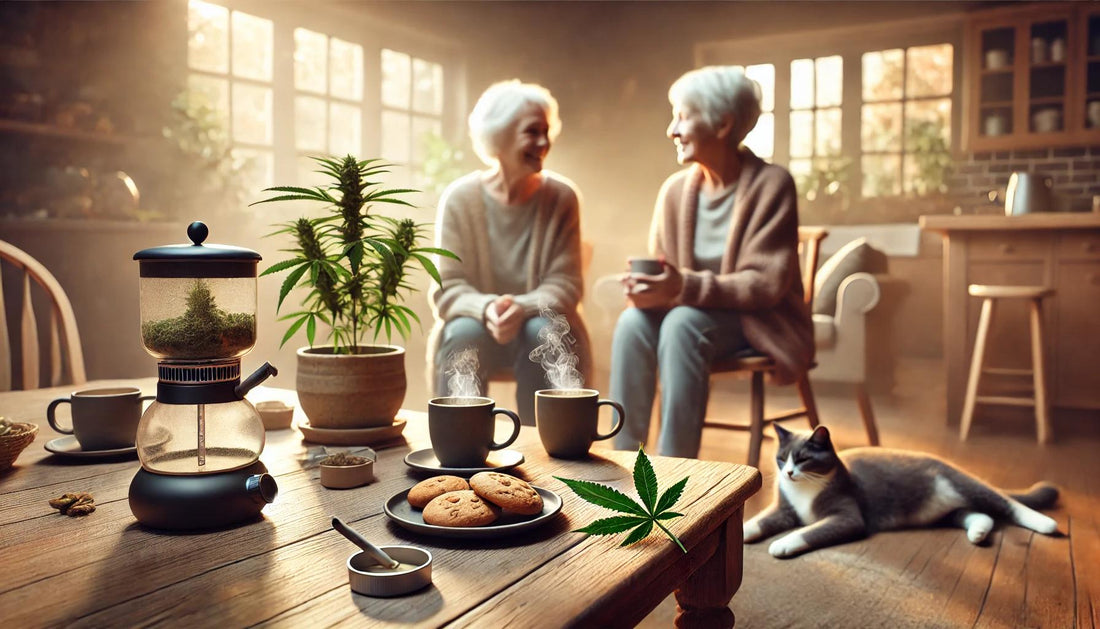
Elderly people and cannabis – a growing phenomenon
Cannabis use has become increasingly common in recent years, and one interesting trend is its growing popularity among older people. While cannabis was once associated with young people and alternative cultures, today its user base has become more diverse. Older people are using cannabis, especially for health reasons, but also for relaxation and to improve their quality of life. What explains this change, and how do older people use cannabis?
The health benefits are attractive
Many seniors turn to cannabis to relieve a variety of ailments. One of the most common causes is chronic pain, such as arthritis, back pain, and nerve pain. Medical cannabis can offer a natural alternative to traditional painkillers, which can be addictive and have side effects.
Insomnia is another major problem that many older adults face. Cannabis can help improve the quality of sleep, which can have a positive impact on overall well-being. Anxiety and depression are also common reasons for using cannabis, as its effects can help to relax and calm the mood.
Additionally, cannabis has been found to help manage symptoms of Parkinson's disease, dementia, and other neurological conditions. CBD (cannabidiol) in particular has been shown to have neuroprotective and anti-inflammatory properties.
New ways to use cannabis
Older people generally do not prefer traditional smoking cannabis, but instead choose other options, such as:
- Tinctures and oils that are dosed accurately and easily.
- Capsules that resemble regular medicines.
- Edible products , such as pastries and chocolates, whose effect begins more slowly but lasts longer.
- Vaporizers , which offer a smoke-free and gentler alternative for the respiratory tract.
- Topical creams and ointments , used for example for joint pain.
These options allow for safer and more controlled use of cannabis, which may increase its appeal among older users.
Challenges and caution
While cannabis has many potential benefits, its use also requires consideration. Drug interactions can cause problems, as cannabis can enhance or weaken the effects of certain medications. For example, those taking blood thinners should be especially careful.
Another thing to consider is dosage. Older people's bodies process substances differently than younger people's, which means that even a smaller dose can have a stronger effect. Too much THC can cause dizziness, confusion, and a risk of falling.
Summary
Cannabis use among the elderly is a growing phenomenon, explained by its potential to relieve pain, insomnia and other health problems. Current options, such as oils, capsules and creams, offer safe and easy ways to utilize cannabis. However, it is important to consider the potential risks and discuss use with a doctor.
The role of cannabis in the well-being of older adults is likely to grow in the future as research knowledge increases and attitudes change. The key is to find a balance that maximizes benefits and minimizes potential harms.
Sources
- Healthline. "How Cannabis Can Help with Chronic Pain in Seniors." [healthline.com](https://www.healthline.com)
- Harvard Health Publishing. "Medical Marijuana and Older Adults." [health.harvard.edu](https://www.health.harvard.edu)
- National Institute on Aging. "Marijuana and the Older Population." [nia.nih.gov](https://www.nia.nih.gov)
